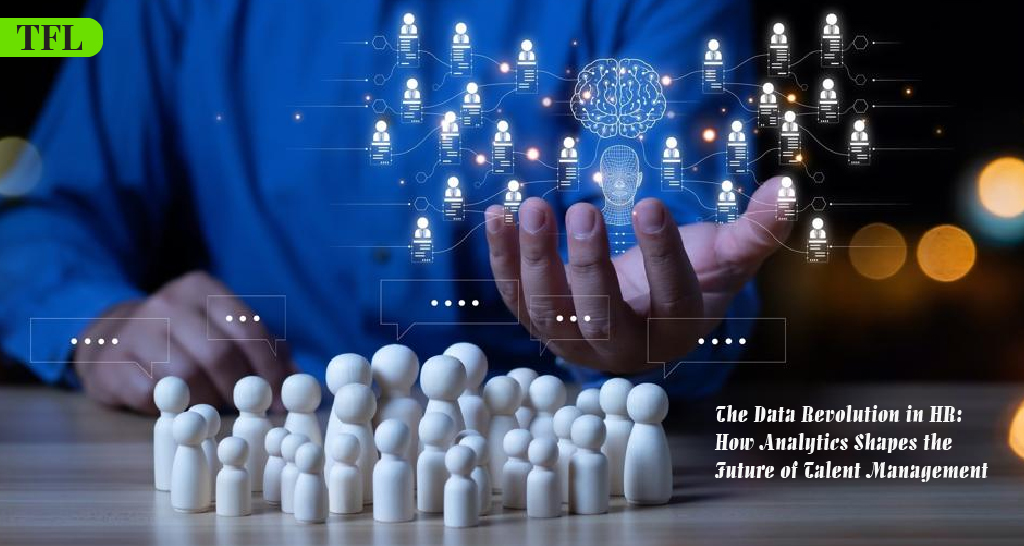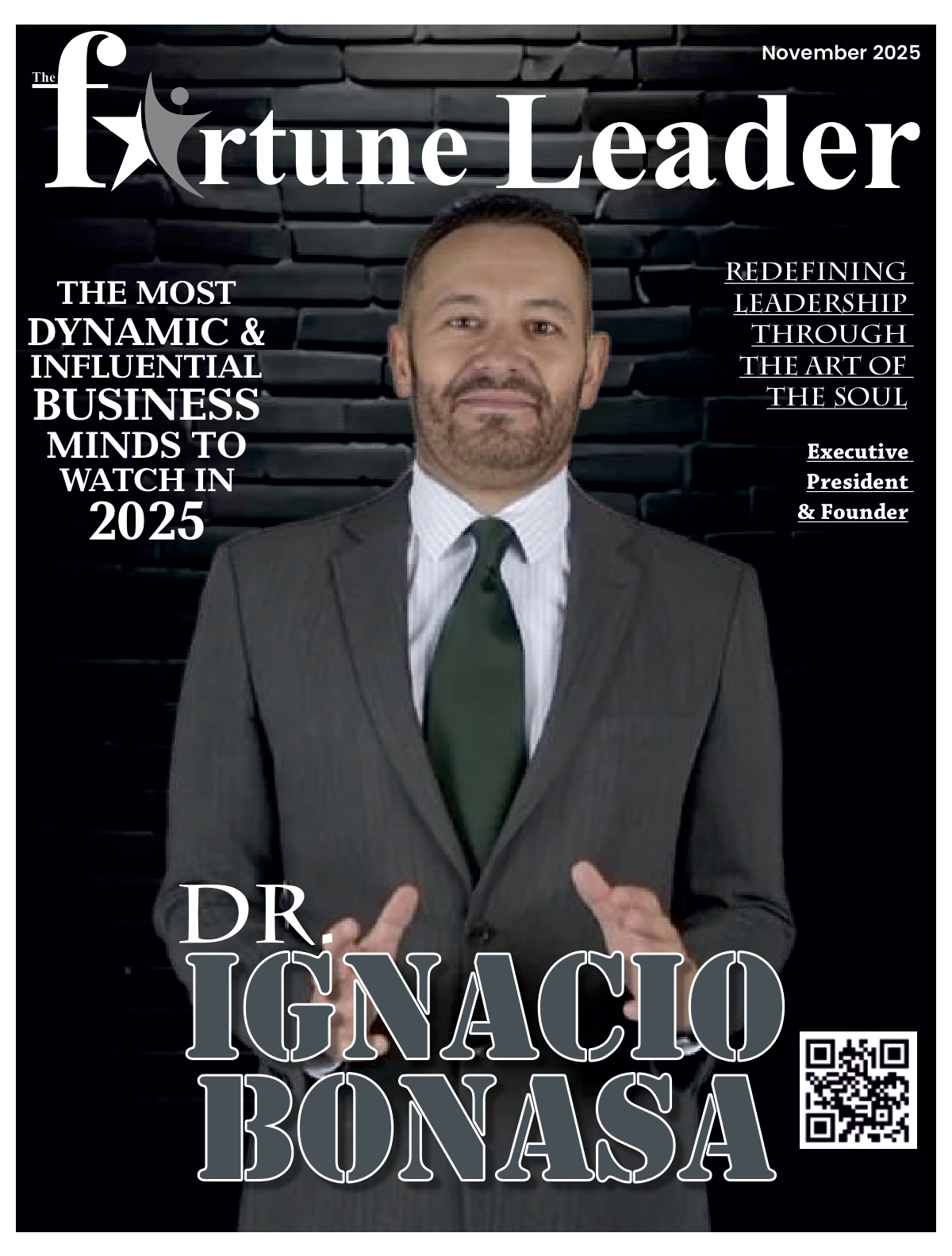In today’s data-driven business landscape, the world of human resources is experiencing a significant shift. Gone are the days when decisions were primarily based on gut feelings and past experiences. Now, talent analytics is taking the lead, using data to inform smarter, quicker, and more strategic HR choices. From hiring to employee retention, analytics is changing the game for how organizations attract, manage, and nurture their talent.
Modern HR leaders have a treasure trove of workforce data at their fingertips, ranging from employee performance metrics and engagement surveys to learning outcomes and turnover rates. By diving into this data with analytics, they can reveal patterns and insights that were once hidden from view. For example, predictive analytics can help pinpoint which employees might be considering leaving or which candidates are most likely to thrive in certain roles. This empowers HR teams to take proactive steps, reducing costly turnover and enhancing the overall quality of their hires.
Talent analytics is transforming the way organizations approach workforce planning. By leveraging data, companies can predict future skill gaps and tailor their recruitment and training efforts accordingly. Rather than simply reacting to talent shortages, they can proactively anticipate them. This kind of strategic insight not only enhances productivity but also fortifies organizational resilience in an ever-evolving business environment.
Analytics plays a crucial role in promoting diversity and inclusion by offering clear insights into hiring practices, promotion patterns, and pay equity. When organizations embrace data transparency, they can uncover unconscious biases and work towards creating fairer, more inclusive workplaces.
While embracing talent analytics can be a game-changer, it does come with its own set of hurdles. It is essential to ensure that the data is accurate, seamlessly integrate various HR systems, and prioritize employee privacy. Additionally, companies need to focus on upskilling their HR teams so they can effectively interpret and leverage data insights.
The transition from simply handling data to making informed decisions represents a significant shift in HR strategy. By integrating analytics throughout the entire employee lifecycle, companies are evolving HR from a basic administrative role into a dynamic strategic force that fosters growth, boosts engagement, and sparks innovation.












